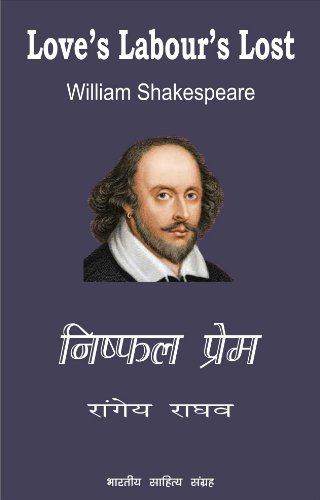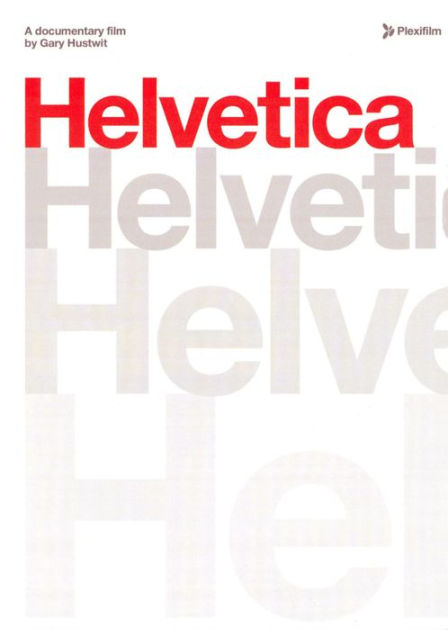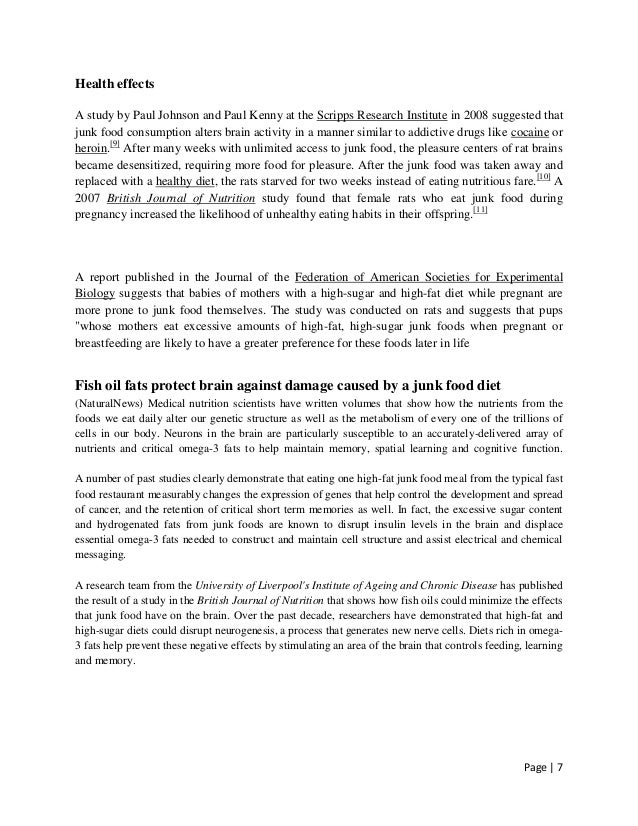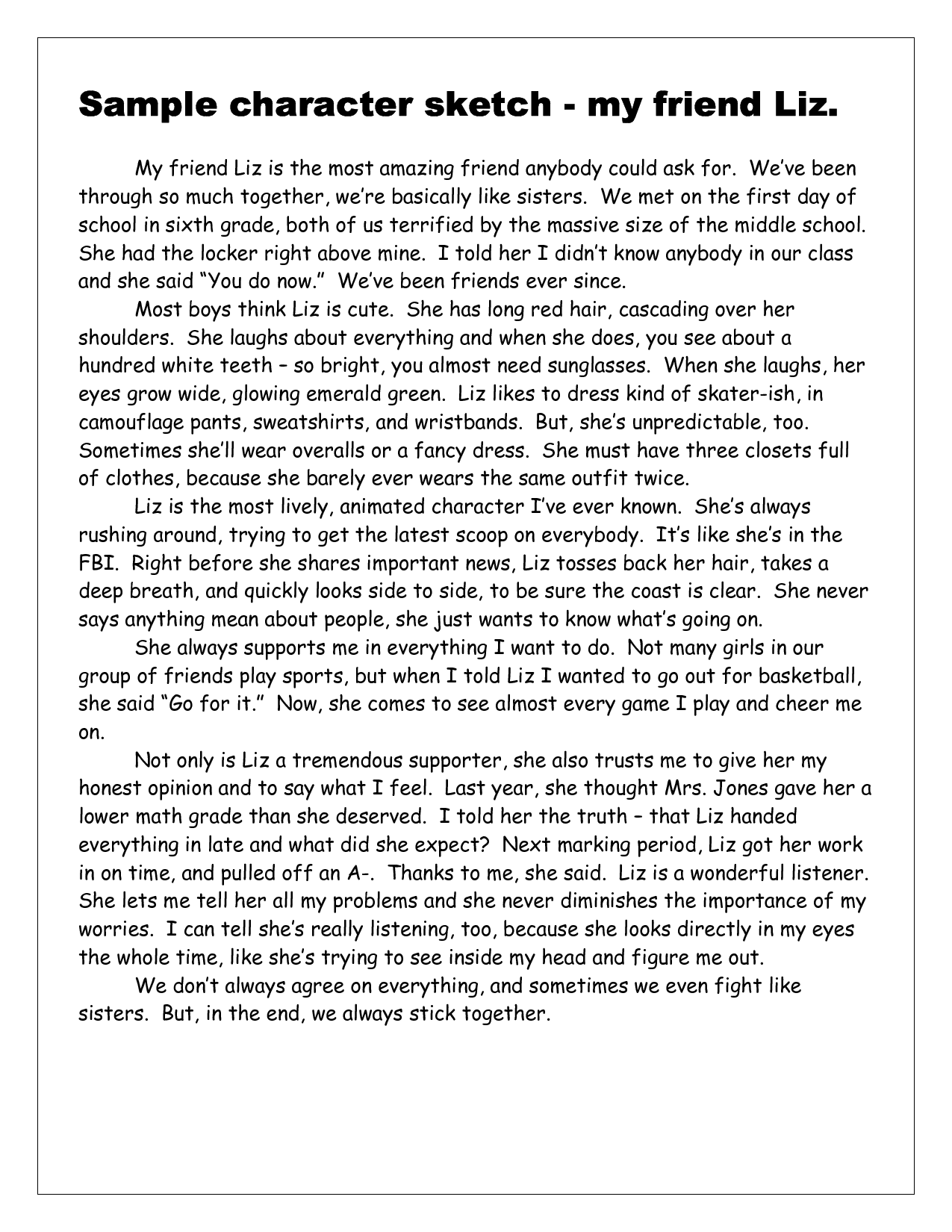Pharmacology of anaesthetic agents II: inhalation.
Start studying Volatile Anesthetics. Learn vocabulary, terms, and more with flashcards, games, and other study tools.
Inhalational Anaesthetic. Inhalational anesthetics are eliminated from the body via exhalation from the lungs, and do not rely on a slow rate of metabolism for their tissue clearance.

Comparison of propofol and volatile agents for maintenance of anesthesia during elective craniotomy procedures: systematic review and meta-analysis. Chui J(1), Mariappan R, Mehta J, Manninen P, Venkatraghavan L.

Volatile anesthetics have been shown to have a preconditioning-like effect. This systematic review assesses the effects of volatile anesthetics on cardiac ischemic complications and morbidity after CABG. METHODS: Data were obtained, without language restriction, from searches of MEDLINE, Science Citation Index, PubMed, and reference lists. We.

In the future, we recommend that all randomized trials that compare local anesthetics for digital nerve blocks use pain on pinprick as the standard for measuring anesthesia (as it may occur hours before return to sensation and is a more valuable clinical indicator), to use a VAS for reporting pain on injection, and to report the mean difference.

IMPLICATIONS: Volatile anesthetics, including sevoflurane, desflurane, isoflurane, and halothane, inhibit spontaneous contractility of gravid human uterine muscle in a dose-dependent manner. These effects are unlikely to be related to modulation of BK Ca or K ATP channels, except for the action of isoflurane, which is in part mediated through activation of K ATP channels.

Inhalational anesthesia: ventilatory effects. Definition. Inhaled anesthetics are delivered and eliminated via pulmonary ventilation. The most useful definition of “dose” for these drugs is the partial pressure in alveolar gases, which is readily monitored in end-tidal expired gases. Volatile anesthetics tend to increase respiratory rate, decrease tidal volume, and blunt ventilatory.

Comparison of the most commonly used volatile inhalable anaesthetics. Inhalable anaesthetics have many advantages, including rapid recovery, return from anaesthetic hypothermia, lower incidence of death, quick elimination through the lungs and relative technical ease of administration.

Halothane became popular as a nonflammable general anesthetic replacing other volatile anesthetics such as diethyl ether and cyclopropane. (Wikipedia, 2010) Halothane is no longer used in the U.S. because of its problems, such as it took it a long time to put a patient asleep and then longer to wake the patient back up. Plus if the patient is put under for a longer amount of time during a.

Anesthetics are classified as either inhalation or noninhalation, depending on the method of administration. Inhalation anesthetics are divided into volatile anesthetics, which include ethers, chloroform, trichloroethylene, halothane, and ethyl chloride, and into gaseous anesthetics, such as nitrous oxide and cyclopropane. Noninhalation.

Volatility A measure of a security's stability. It is calculated as the standard deviation from a certain continuously compounded return over a given period of time. It is an important measure in quantifying risk; for example, a security with a volatility of 50% is considered very high risk because it has the potential to increase or decrease up to half.

Abstract. The introduction of halothane in the mid-1950’s represented a marked advance for anesthesia in the neurosurgical patient. In contrast to previously available agents, halothane had the advantages of being non-irritating, non-flammable, and relatively insoluble in blood.

Nonvolatile Anesthetics pharmacokinetics describes how the body affects a drug routes-po, sl, td,sq, im, iv, rectal drug characteristics (solubility, pKa, conc) site (circulation, pH, surface area) absorption vs bioavailability (fraction of unchanged drug in systemic circ) i.e.



